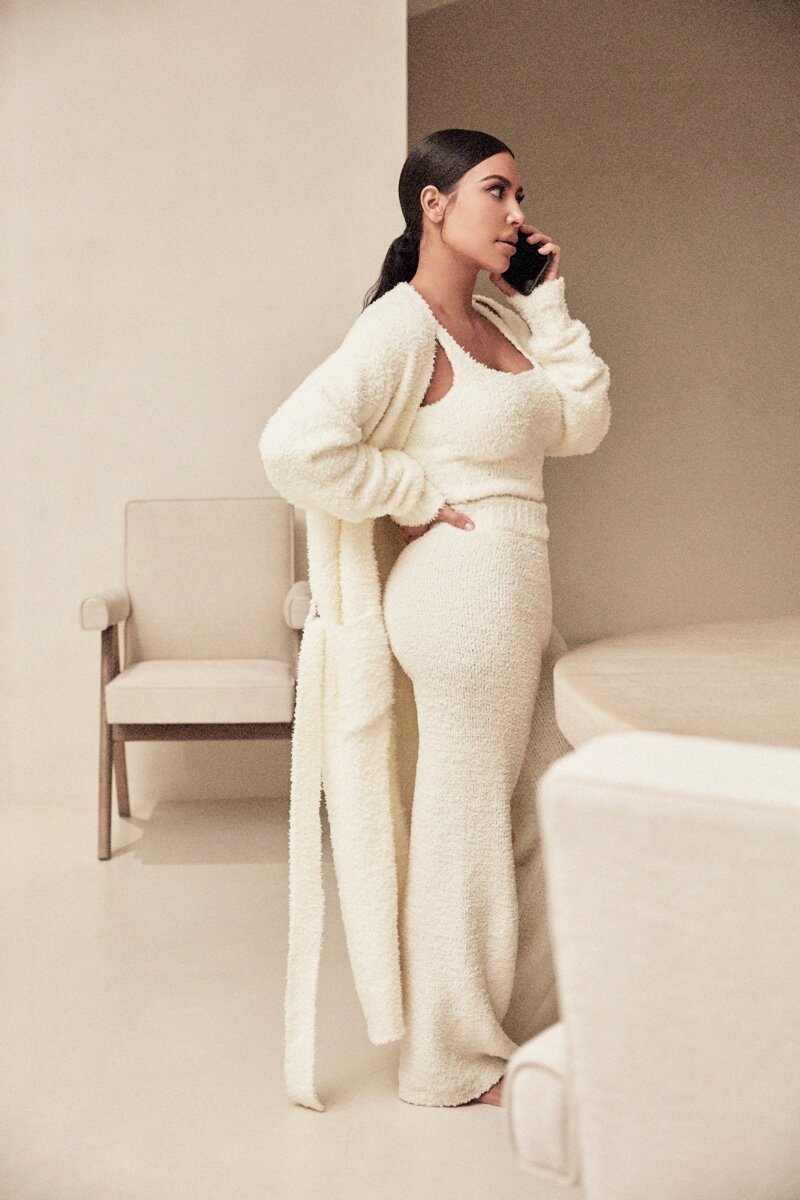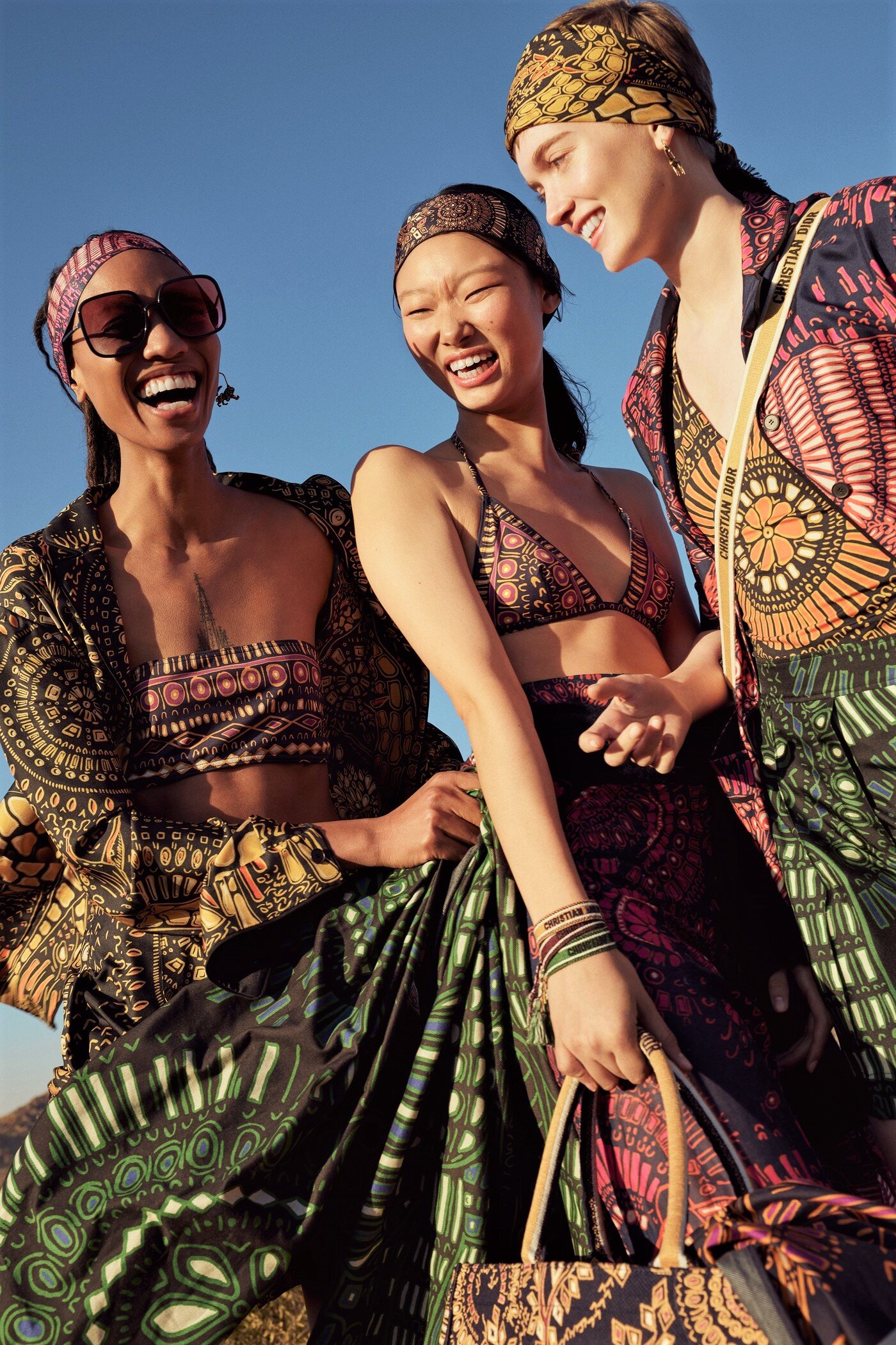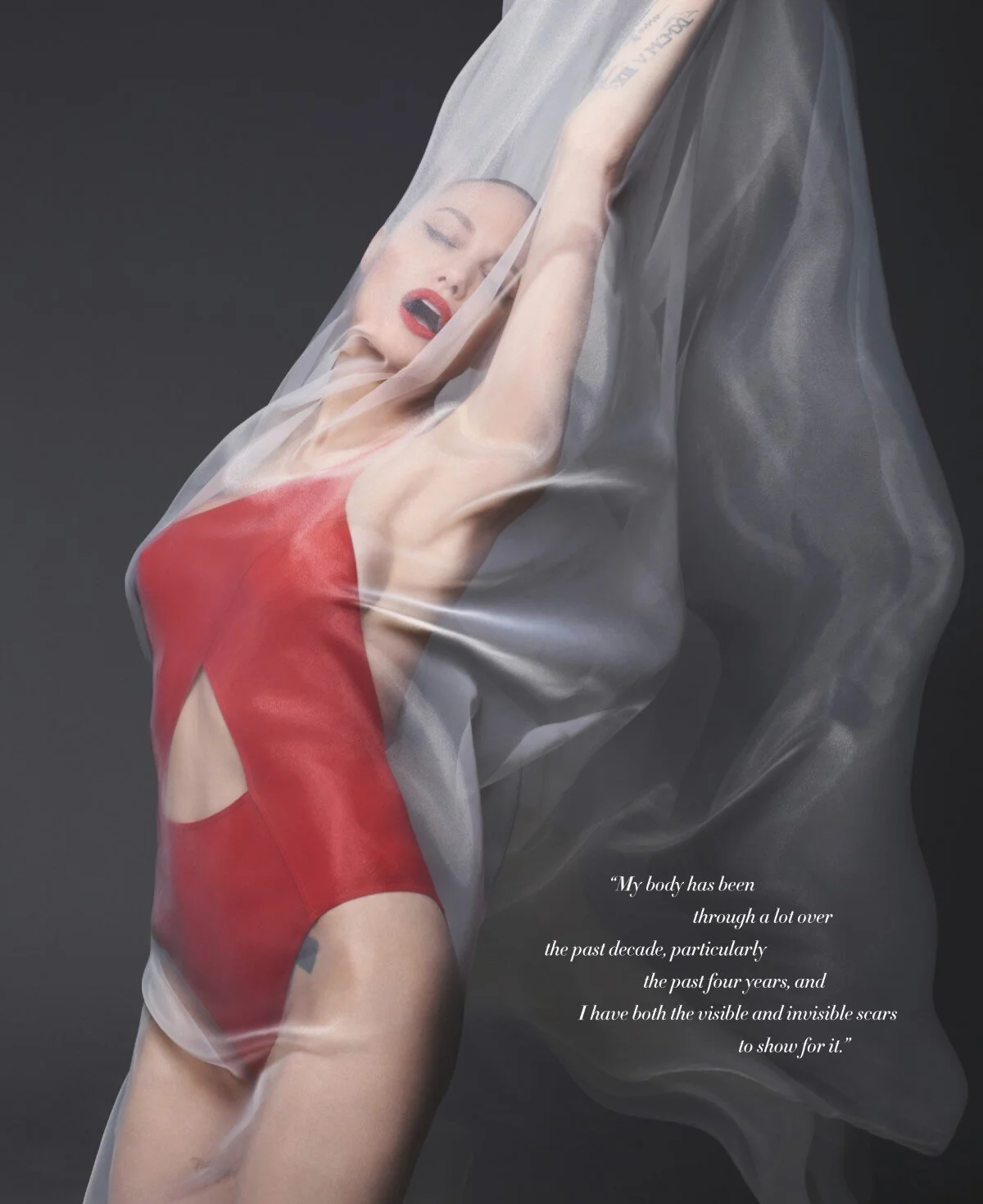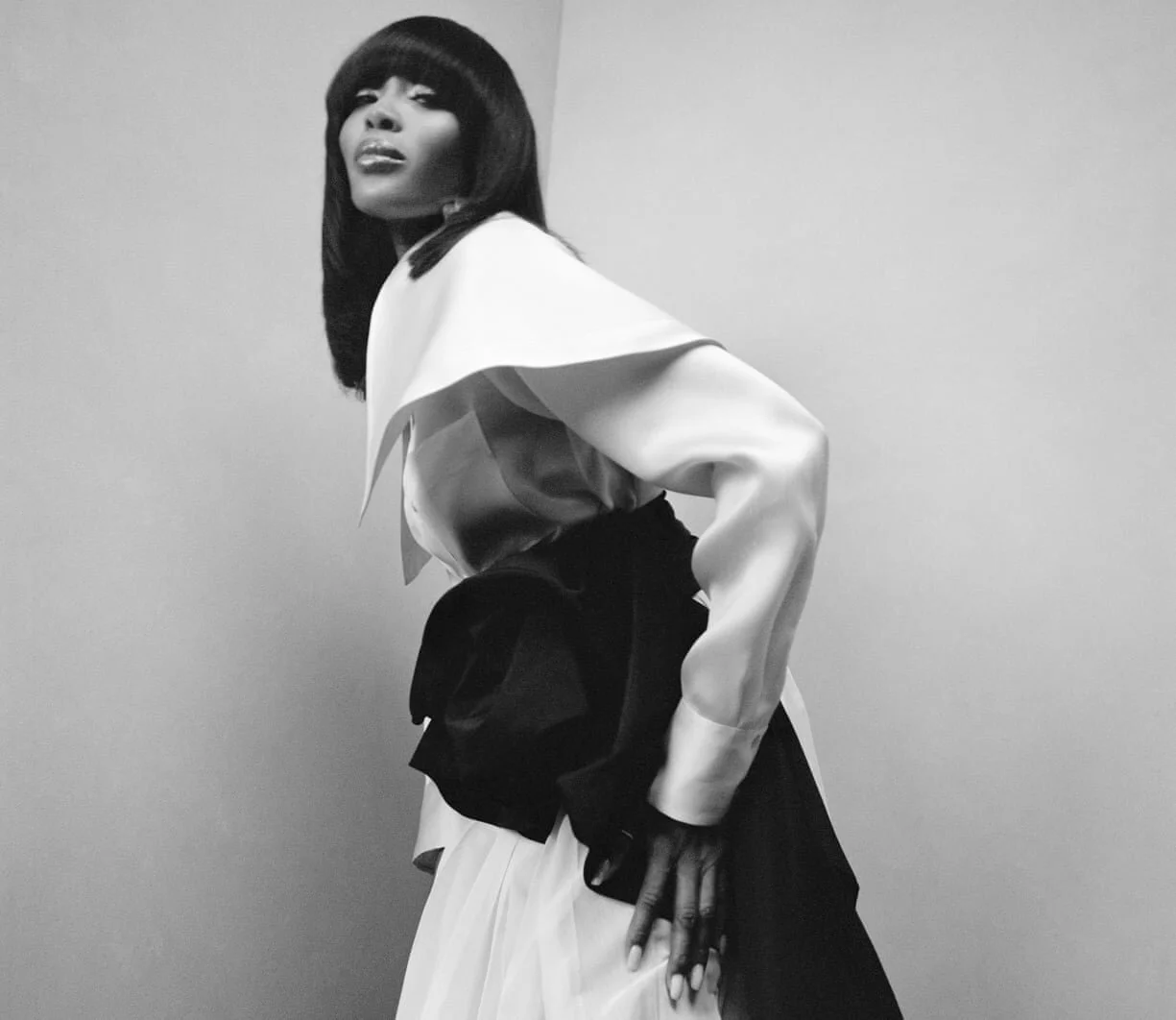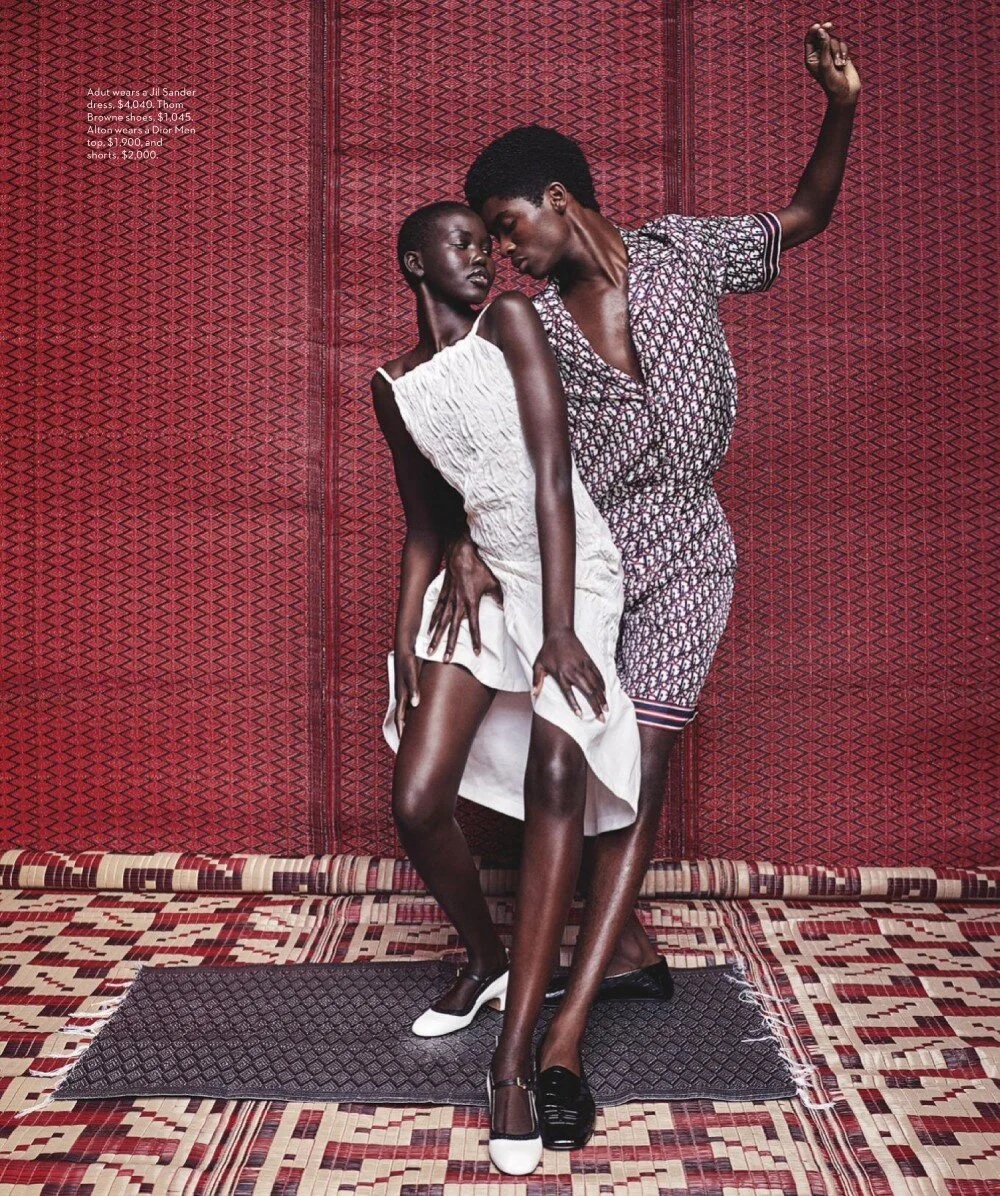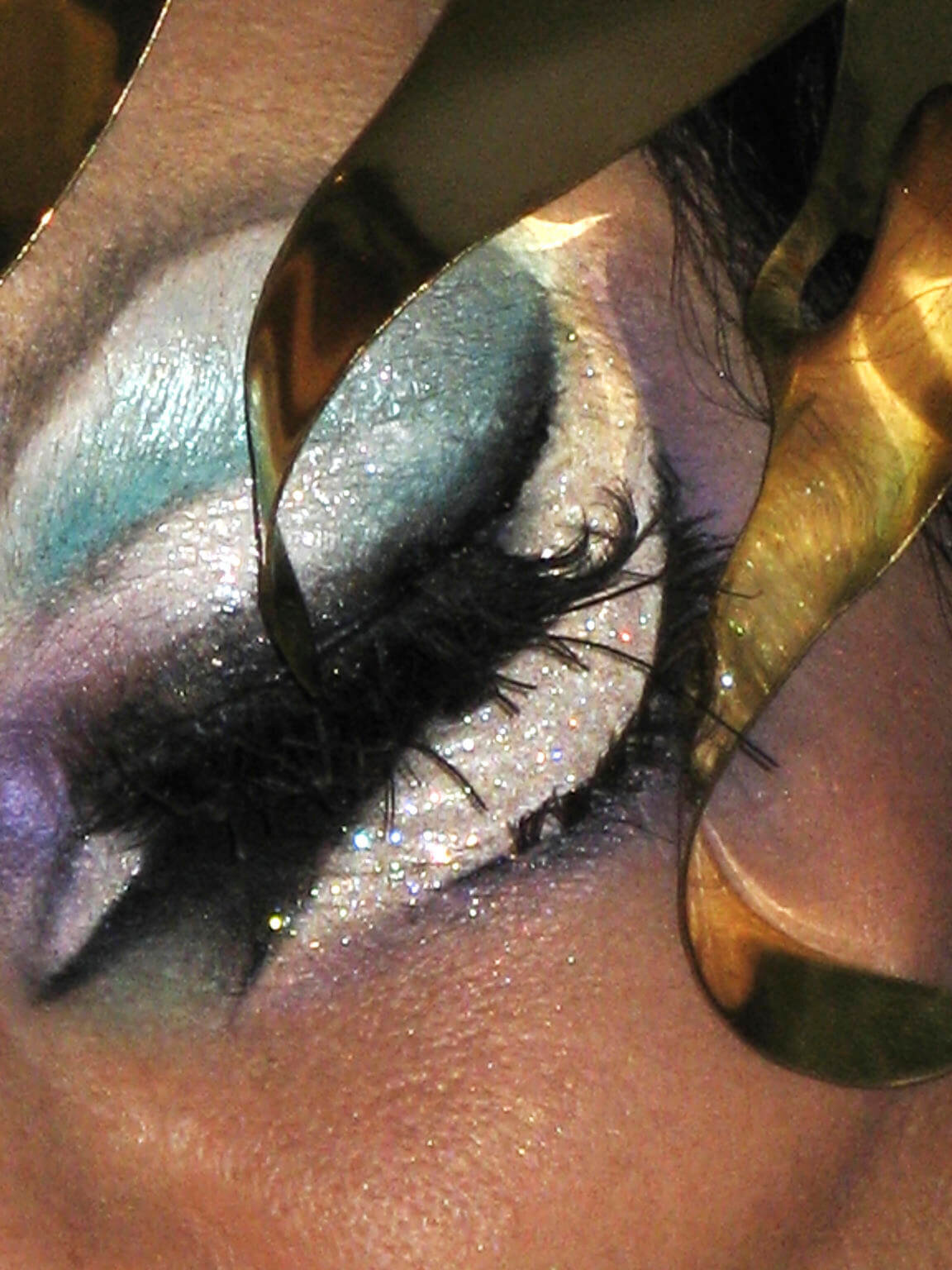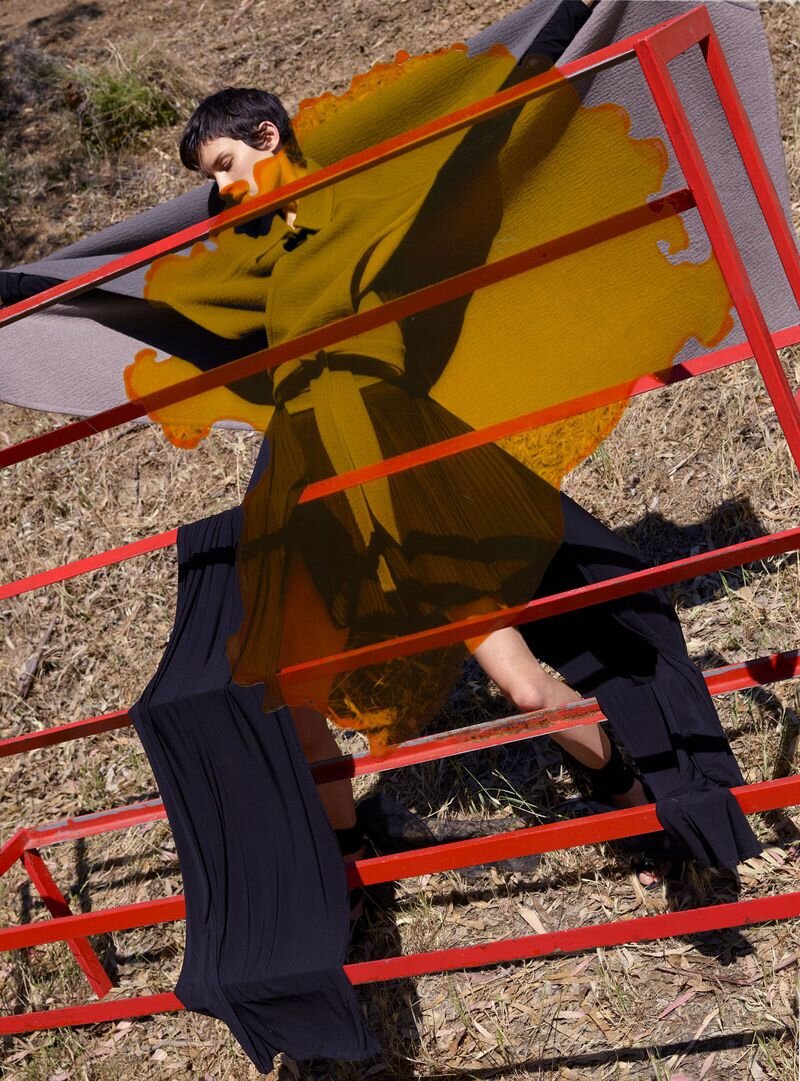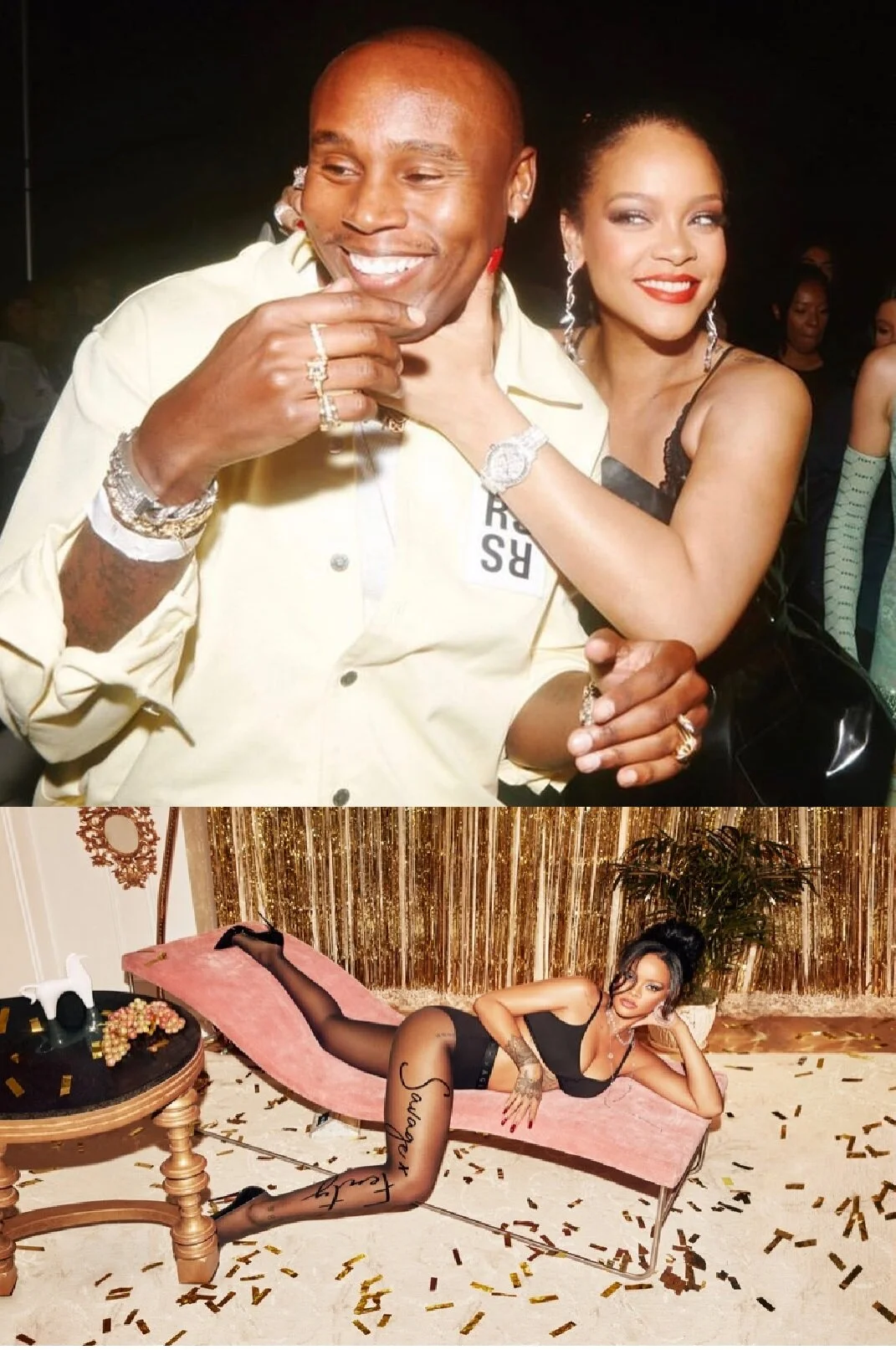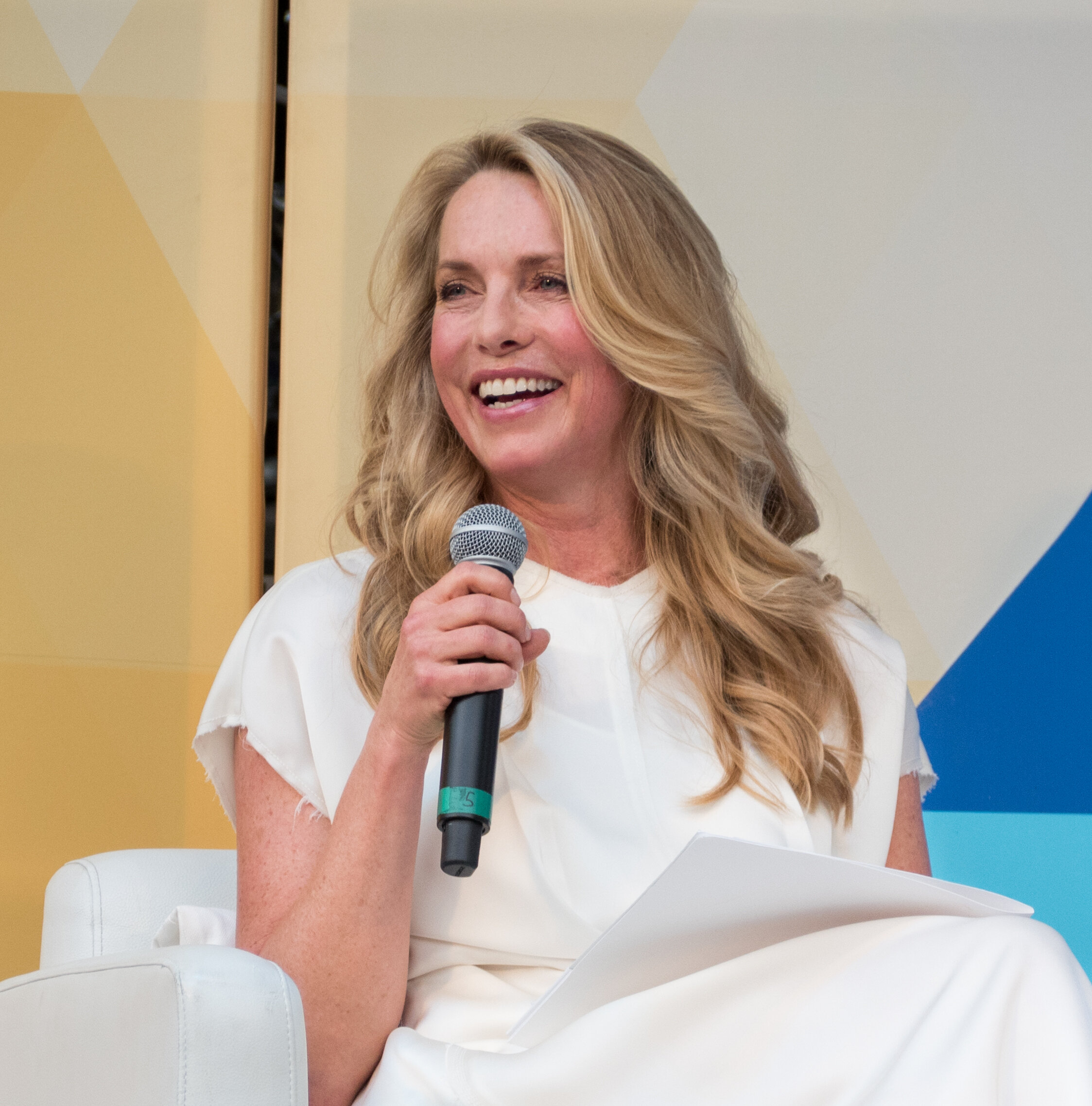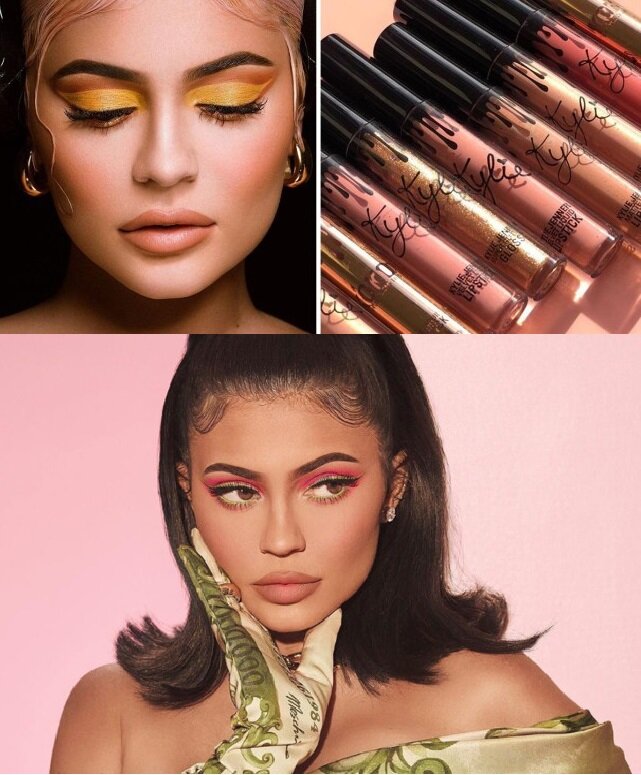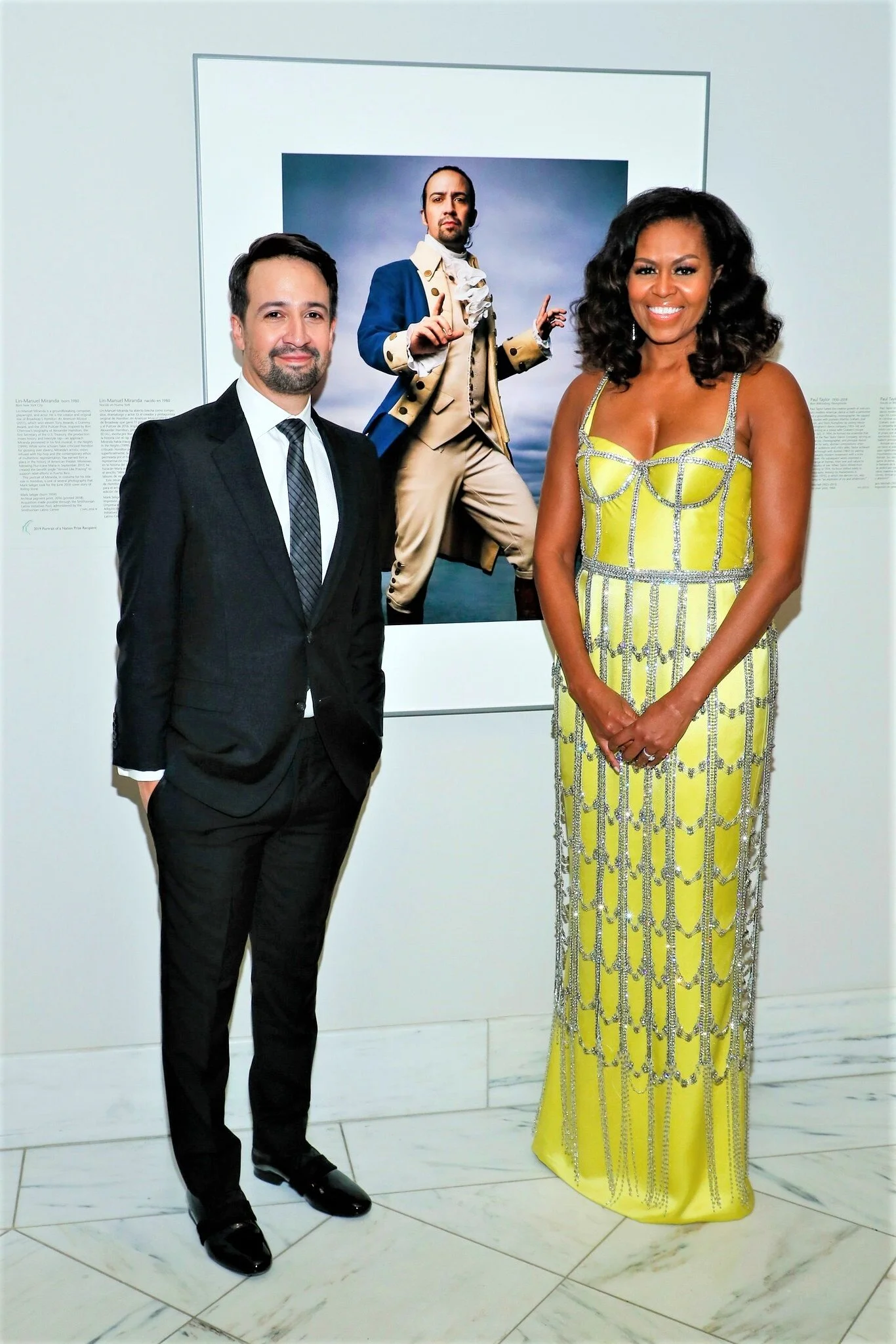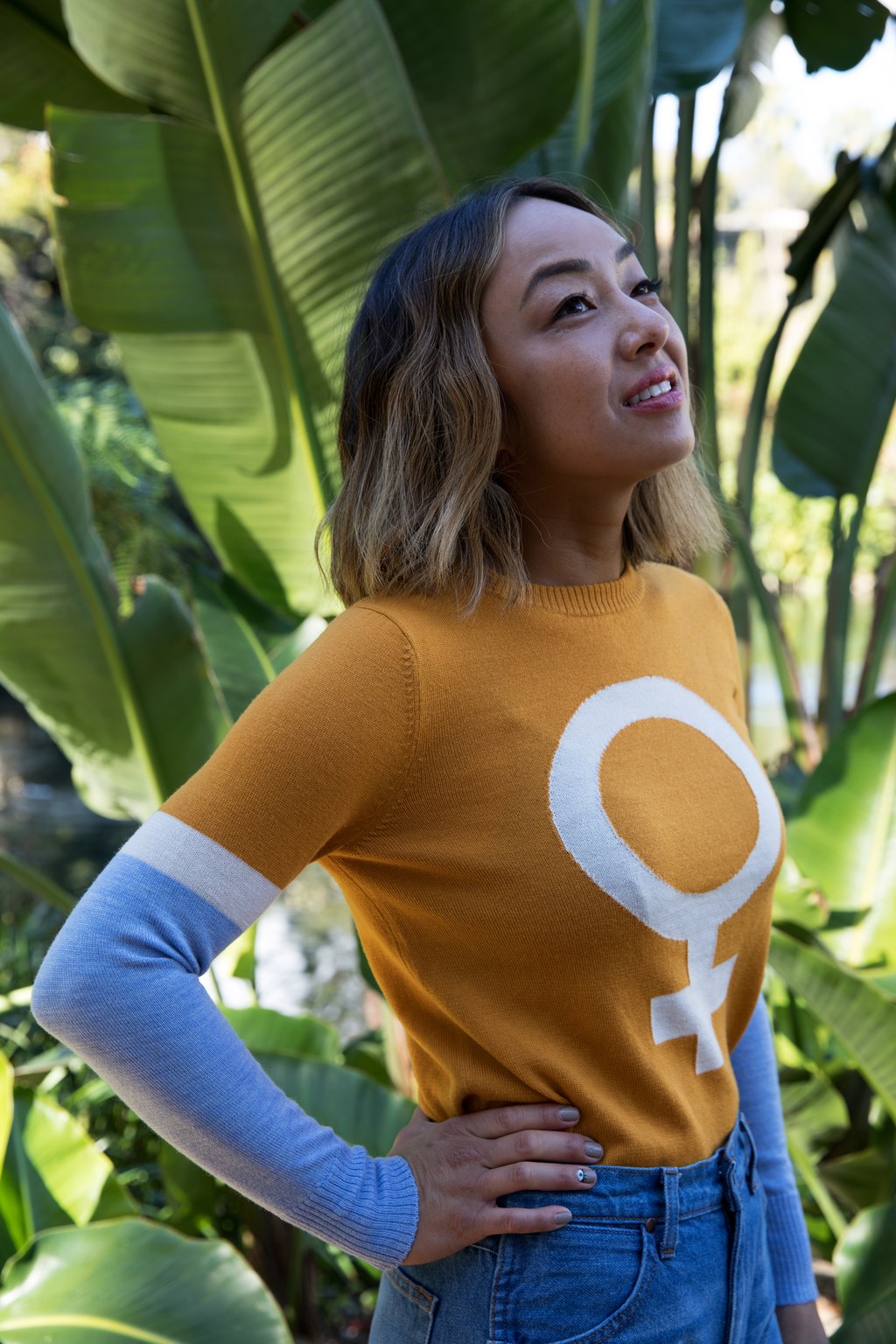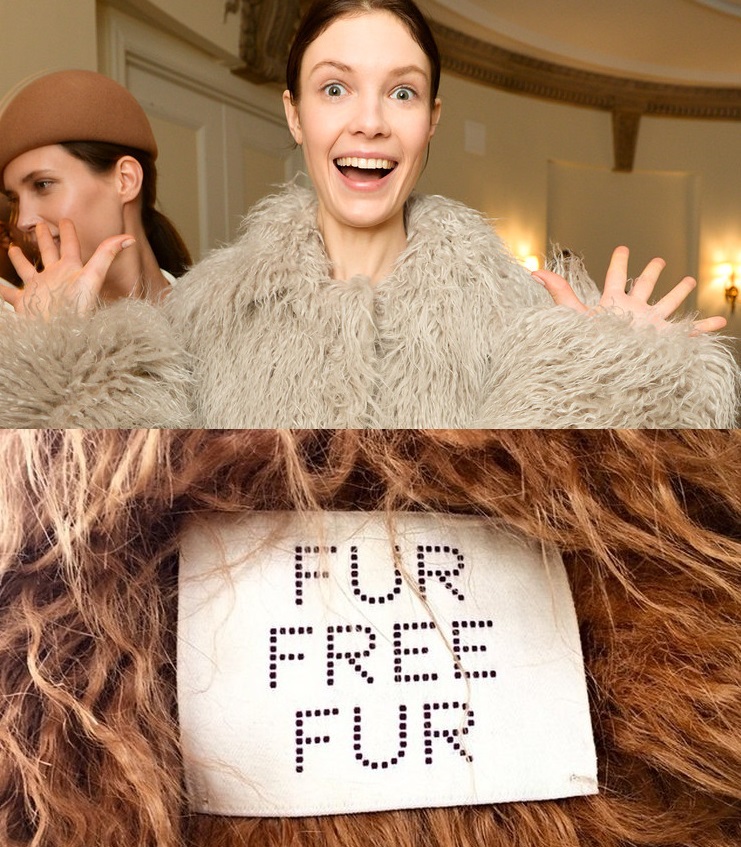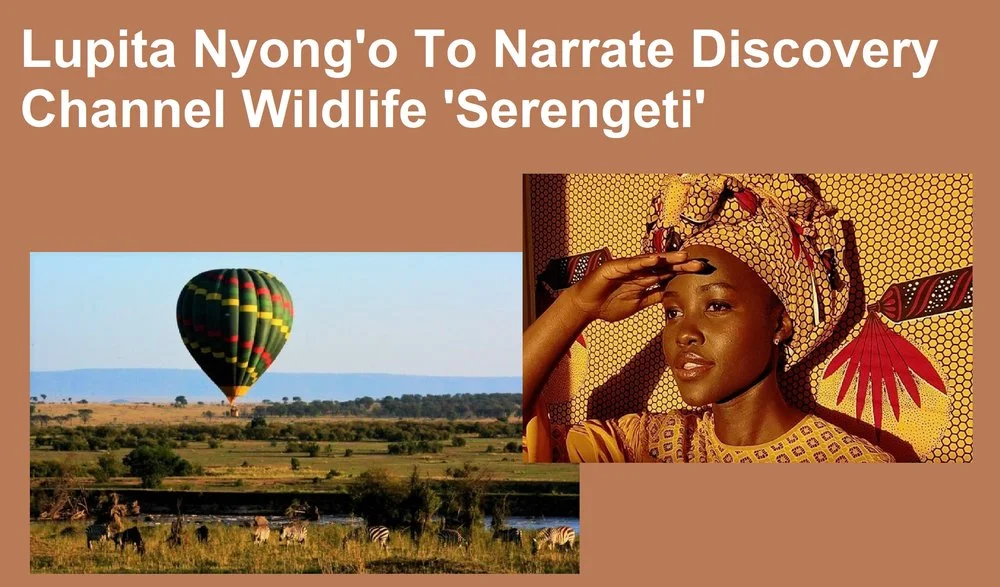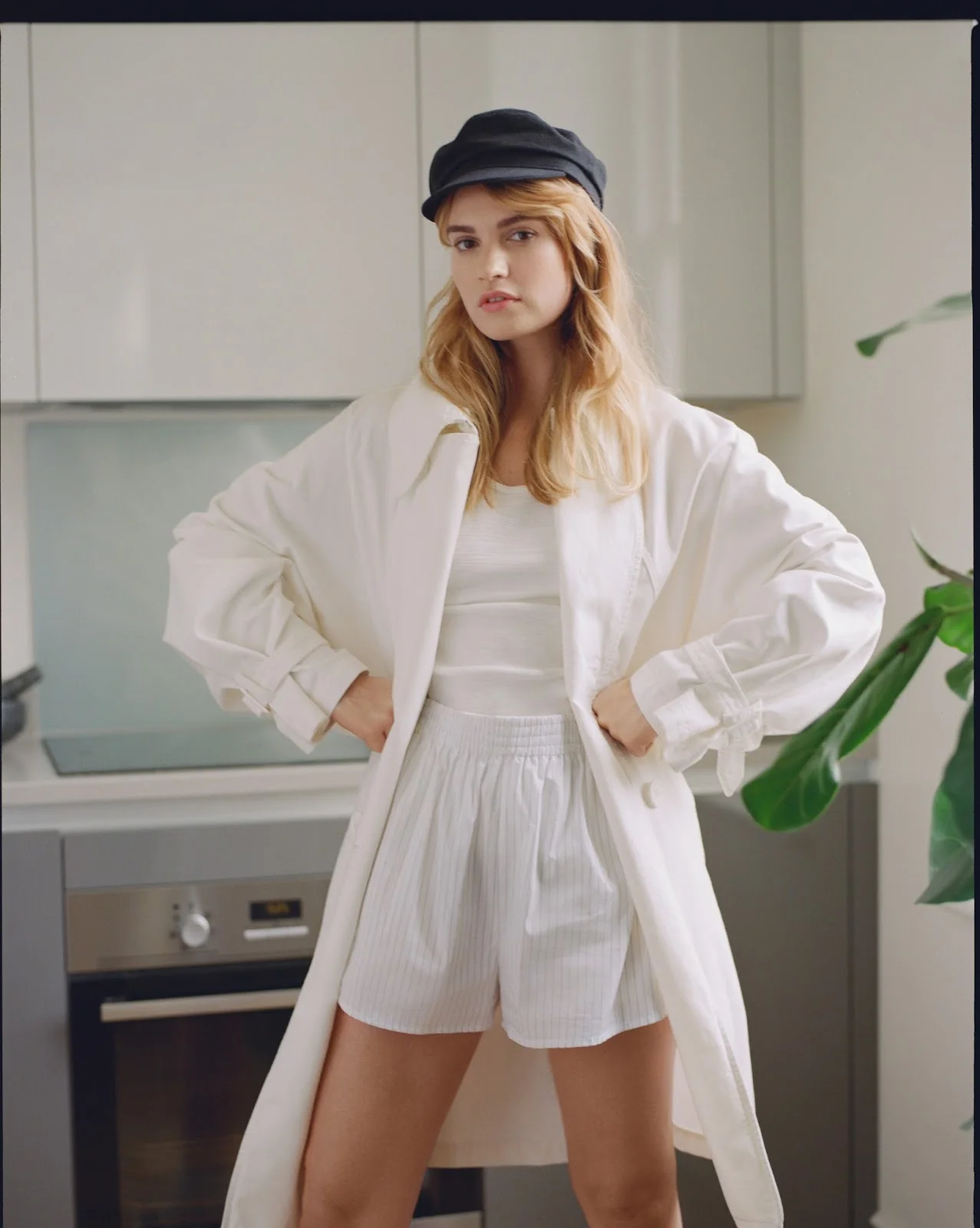Transcending The Target-Market Female Narrative Into An Identity Far More Relevant
/
The Birth Of Barbie by VenusOak
A Day In The Life Of A Target-Market Female is a powerful postmodern short story by Katie Brinksworth at McSweeney’s Internet Tendency. The events are surreal, yet the tale is strangely familiar to every woman who has ever read a magazine or watched a commercial. It’s both comic and tragic as we recognize the ploys of advertising, and our own susceptibility to the lies of marketing:
At 6 a.m. on the dot, the 25-to 45-year-old target-market female wakes up and stretches with delight, excited to greet the day.
For breakfast, the target-market female debates whether to eat the yogurt brand that encourages her to be herself, or the one that helps her poop. Today, like most days, the target-market female chooses regularity over self-worth.
After drinking a cup of the orange juice brand that makes her look the thinnest, the target-market female lotions up every inch of her body and gets dressed for the day. She then takes a short, breezy walk to a local café, where she patiently awaits signs of male appreciation for her noticeably soft skin.
While she waits, the target-market female daydreams about fiber, smaller pores, and easy-but-creative recipes she can make with precooked sausage. When she realizes the time, the target-market female rushes home to begin the most rewarding part of her day—doing the laundry.
Moments that seem ideal and cheerful are tinged with a dark undercurrent that pulses through the story. Beneath such picturesque actions as “waking up with delight” and “taking a short, breezy walk”, our protagonist chafes under self-denying, self-limiting choices such as “choosing regularity over self-worth” and “awaiting signs of male appreciation”. She is well-behaved, product-dependent, and image-obsessed. I don’t blame her, because I occasionally find myself being that way, too. Don’t we all go through that sometimes? I know that the images are Photoshopped— invisible pores, superbly glossy hair, perfectly white teeth. I know that many of these celebrities who seem to be able to “do it all” have personal assistants, house chefs, fitness trainers, nannies, and millions of dollars at their disposal. Why do I still find myself, sometimes, mercilessly comparing myself to them? When I first read the story I thought the protagonist was laughably ridiculous, until I realized I share her weaknesses. Perhaps that’s why I love the story so much. It helps remind me of how laughably ridiculous I can be, when I allow myself to believe in my insecurities and in the lie of consumerism— the false promise that I will be happy and complete, if only I buy this or that product.
There is nothing wrong with wanting to buy products, and certainly nothing bad about enjoying other people’s appreciation of our inner and outer beauty. The problem is when these things— material possessions and external approval— become the reason for living, the raison d’être. One of my favourite authors, cosmologist and mathematician Brian Swimme explained this well when he discussed the importance of holistic awareness in his book, The Universe Is A Green Dragon:
Humans are easily addicted to beauty, even a clouded vision of it… Anyone who grabs a sliver of beauty and insists that it is the whole becomes a fanatic, workaholic, cynic, fundamentalist, or drug addict.
Having a fractured vision of beauty— mistaking just a part for the whole— leads to extremism in religion and in all other ideologies including consumerism. Objects are not everything, but in this image-obsessed world, it’s easy to believe they are. The target-market female actually lives her life as if she, herself, is an object. Marc Barnes, a Catholic writer whose work I don’t always agree with, made an insightful and particularly incisive observation when he remarked that we allow our very selves to be defined by objective qualities:
Our will to be an object is immense. How much easier it is to be stereotype of religion or ideology, how much simpler to be the sum of our achievements or attractive features, and how much nicer the world would be if we could all be content with our careers, styles, sexualities, and living-room decors being ‘who-we-are’. By placing our very selves in our objective qualities, we live as objects, and this is immodesty, a disintegration between who-we-are— subjects— and how we present ourselves in word and deed— as objects. It is an essential dishonesty.
What a powerful thing media is, when I must remind myself constantly that I am more than just a target-market female, more than just an object. However, it can only have as much power as I allow. It is like the Devil card of the tarot deck— in which people are depicted as being chained, but not against their will. Their bindings are loose enough to simply step out of, if they wish. It’s easier said than done, but it’s still certainly achievable with enough awareness, conscious intent, and self-empowerment.
The target-market female is a cautionary tale, an example of what shouldn’t be. In contrast are the life stories of countless brave women, embodiments of creative feminine power, such as Isabel Allende, Clarissa Pinkola Estes, Risa Hontiveros, and Malala Yousafzai. It is all the more important to share their stories, invoke their narratives, and draw inspiration from their lives. We must nurture the voices of feminine power, and empower ourselves to be among them, too.
Who are the women you admire? Who are the women in your own life, among your own family and friends, whom you find inspiring? What were the moments in your own life when you felt like you were one of them? Let’s write about them and engage them. Let’s craft our own narrative, and not allow advertisers or anyone else to foist a deceptive image of womanhood upon us. Let’s transcend the target-market female narrative— instead of falling for it, we will learn from it and use it as a guide that will point us in the right direction. Let’s take the story into our own hands.
It is said that history is written by the victors, and indeed, for ages, the feminine perspective was simply pushed down and hidden away. History has been “his story” for a very long time. “Her story” has only been given voice recently, and it is up to all of us to shape. ~ Feanne
—-
Thank you for reading! My name is Feanne and I’m happy to be writing for Anne again after five years of being away. Anne is a wonderful woman whom I’m truly honored to connect with, across oceans and continents. I look forward to hearing from you all as we continue exploring feminine-relevant issues with everyone here at Anne Of Carversville and GlamTribale. You can reach me on Facebook, Twitter, and Instagram.
Feanne is a visual artist, singer-songwriter, social entrepreneur, and sustainable lifestyle advocate from Metro Manila, Philippines. As an artist, she specializes in intricately detailed symbolic illustration. She sings jazz-inspired music and composes sweet tunes. She is especially interested in promoting healthy eating, sustainable farming, Filipino products, and eco-friendly technology. Her creative work revolves around the themes of earth and cosmos, magick and mystery, beauty and shadow. To her, Science, Art, and Spirituality/Religion are all chords of the same Universal song. She believes that renewed interest in wise traditions— combined with the advances of modern philosophy, science, and technology— promises to to help create an ecologically and spiritually sustainable human civilization.

